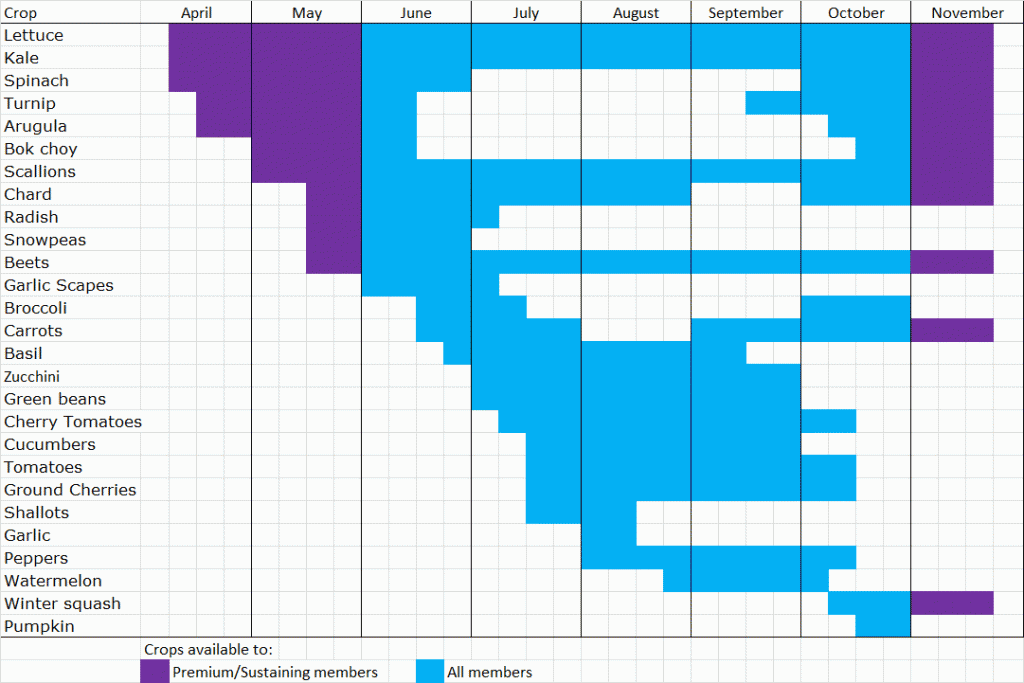From Amy’s Quiet Existence blog at https://quietexistence.wordpress.com/2012/06/24/grilled-garlic-scape-and-kale-pizza/
For the pizza:
1 large pizza dough (try making a wheat dough, yum!)
1 can of crushed tomatoes (diced and sliced fresh will work well also)
Mozzarella cheese
A bunch of garlic scapes (5-8) cut into 1 inch pieces
5 large leaves of kale, rinsed and dried, de-ribbed, cut into small pieces
A handful of fresh basil
– Preheat your grill on high for 5 minutes. In the meantime roll out the dough so that it will fit onto the grill. Cover one side of the pizza with olive oil and place that side down on the grill. Lower the heat to medium and let grill for about 4 minutes. I recommend checking the pizza after two minutes and poking any air bubbles early.
– Check the underside of the pizza after 4 minutes. It should lift off easily and be perfectly charred. Slide the dough off of the grill onto a cutting board. Top the charred side with the tomato sauce then the fresh basil. Sprinkle some fresh mozzarella over the sauce. Top with the kale and garlic scapes. I added some VT smoke & cure pepperoni for a little bite and substance (for the guy- I can handle vegetarian meals!).
– Slide the pizza back onto the grill and grill for about 6 minutes or until the bottom side is cooked.
HINTS: The second side of the dough doesn’t need to be slathered in olive oil because it is no longer sticky. It will lift right off. Also do not use too many toppings, especially cheese and tomatoes. Peeling a soggy pizza off the grill is impossible.
